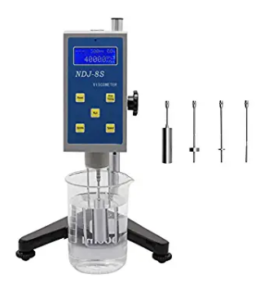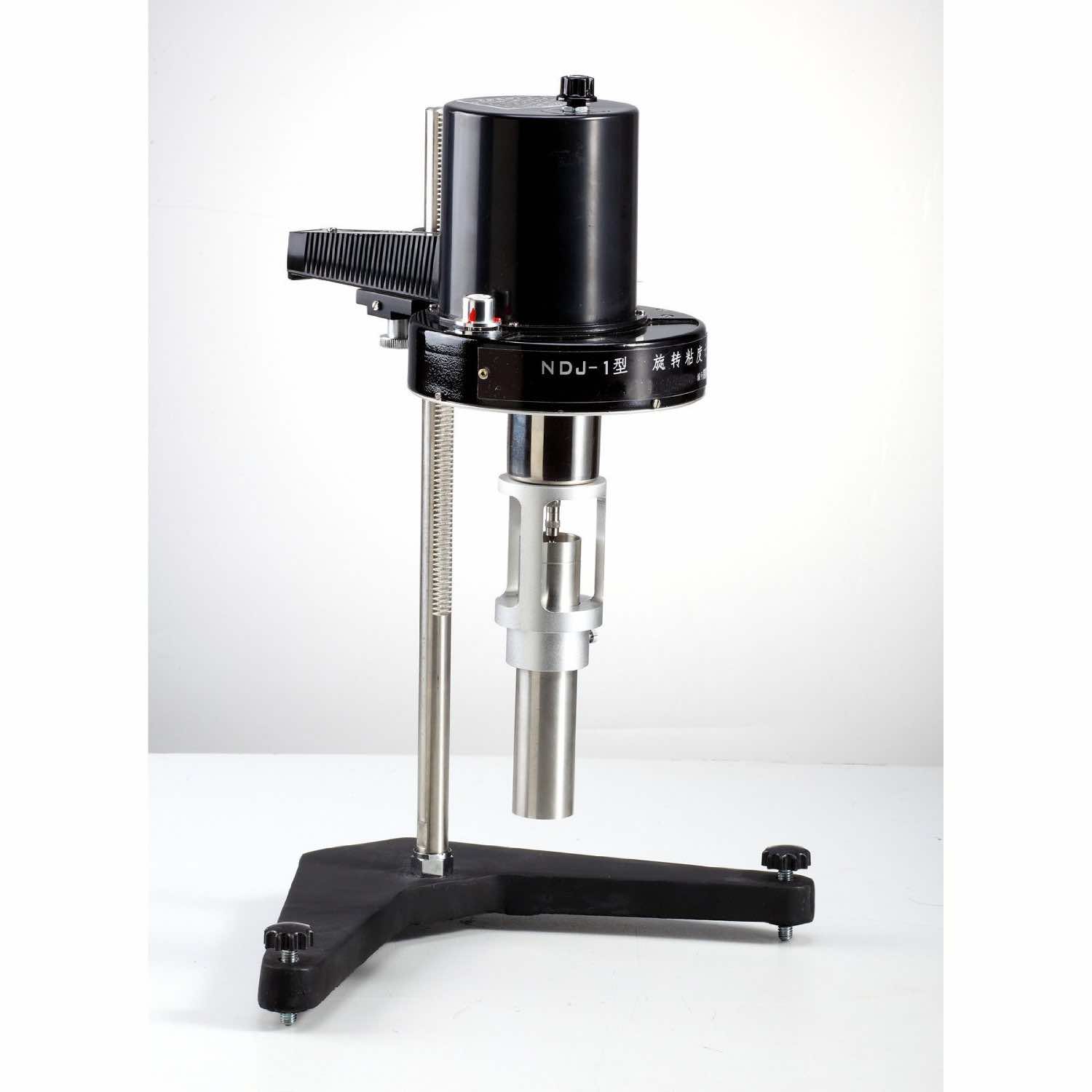

There is one very interesting and common method of determining kinematic viscosity in the laboratory by the method of capillary tube viscometer.
ABSOLUTE VISCOMETER HOW TO
How to measure kinematic viscosity in the laboratory?

Because gear oil requires more force to stir so it has a higher viscosity than the turbine oil. The observations will tell us that the force required to stir the gear oil will be greater than the force required to stir the turbine oil. Absolute viscosity will be measured by the force which is required to stir each oil at the same rate. How can we measure absolute viscosity? To measure absolute viscosity, it is best to insert a metal rod into the two beakers which are filled with turbine oil and thick gear oil.

Which one do you think will flow faster from the beaker if it is tipped on its side? Definitely, the turbine oil will flow faster because it will be governed by the oil’s kinematic viscosity. We can take an example of two beakers which are filled with turbine oil and thick gear oil. Oil viscosity can be defined by its resistance to flow due to gravity. Or either it is measured on its absolute, dynamic viscosity.Either it is measured on its kinetic viscosity.Typically a lubricating oil’s Viscosity recreating oils viscosity can be measured in two ways. Measurement by Kinematic or Absolute Viscosity Most of the oil analysis Labs measure oil viscosity to evaluate the oil condition and lubrication but what does it mean when we talk about oil viscosity? As per the Society of Tribologists and lubrication engineers ( STLE ) viscosity is oil’s most prominent and important physical property.


 0 kommentar(er)
0 kommentar(er)
